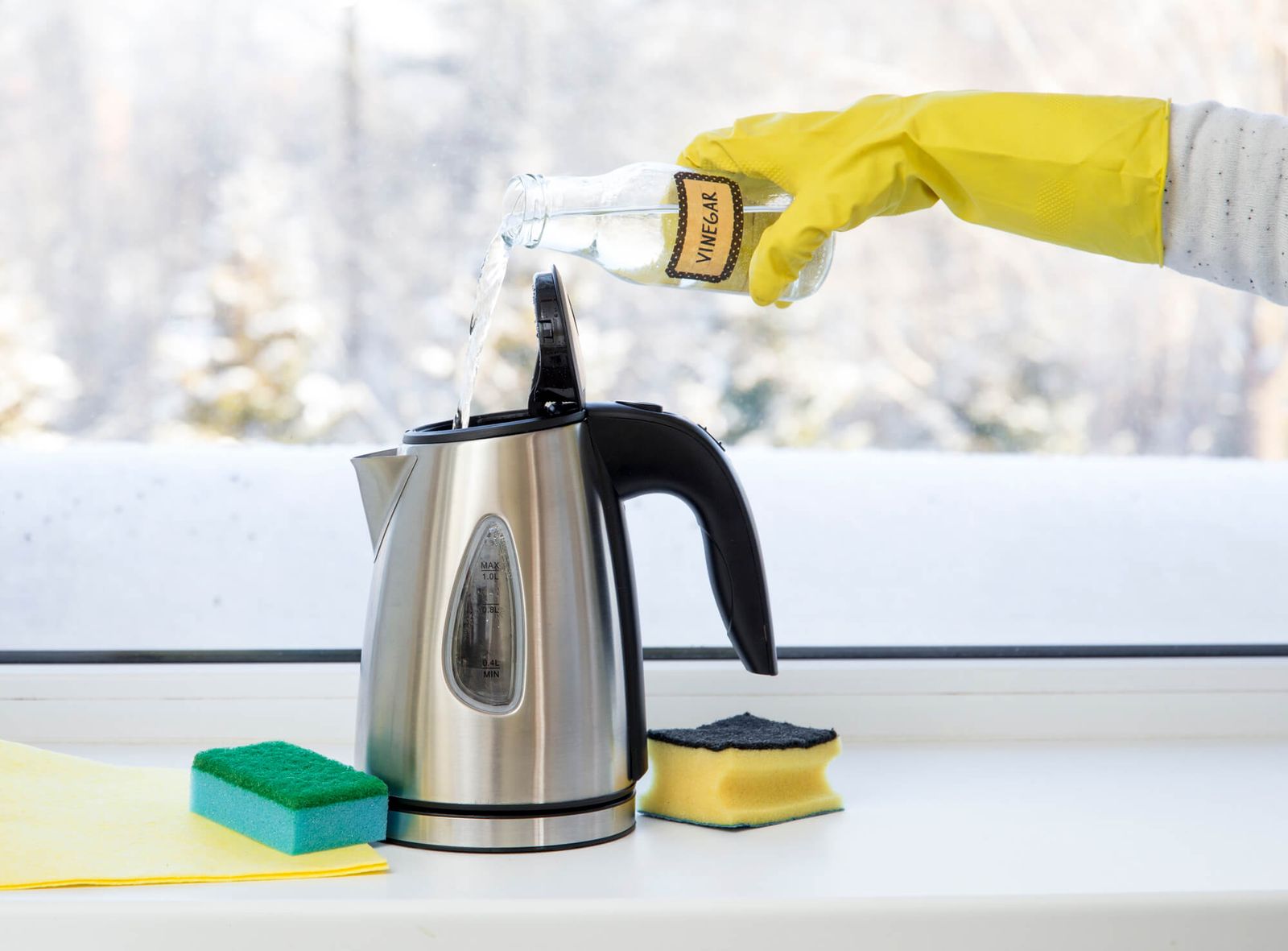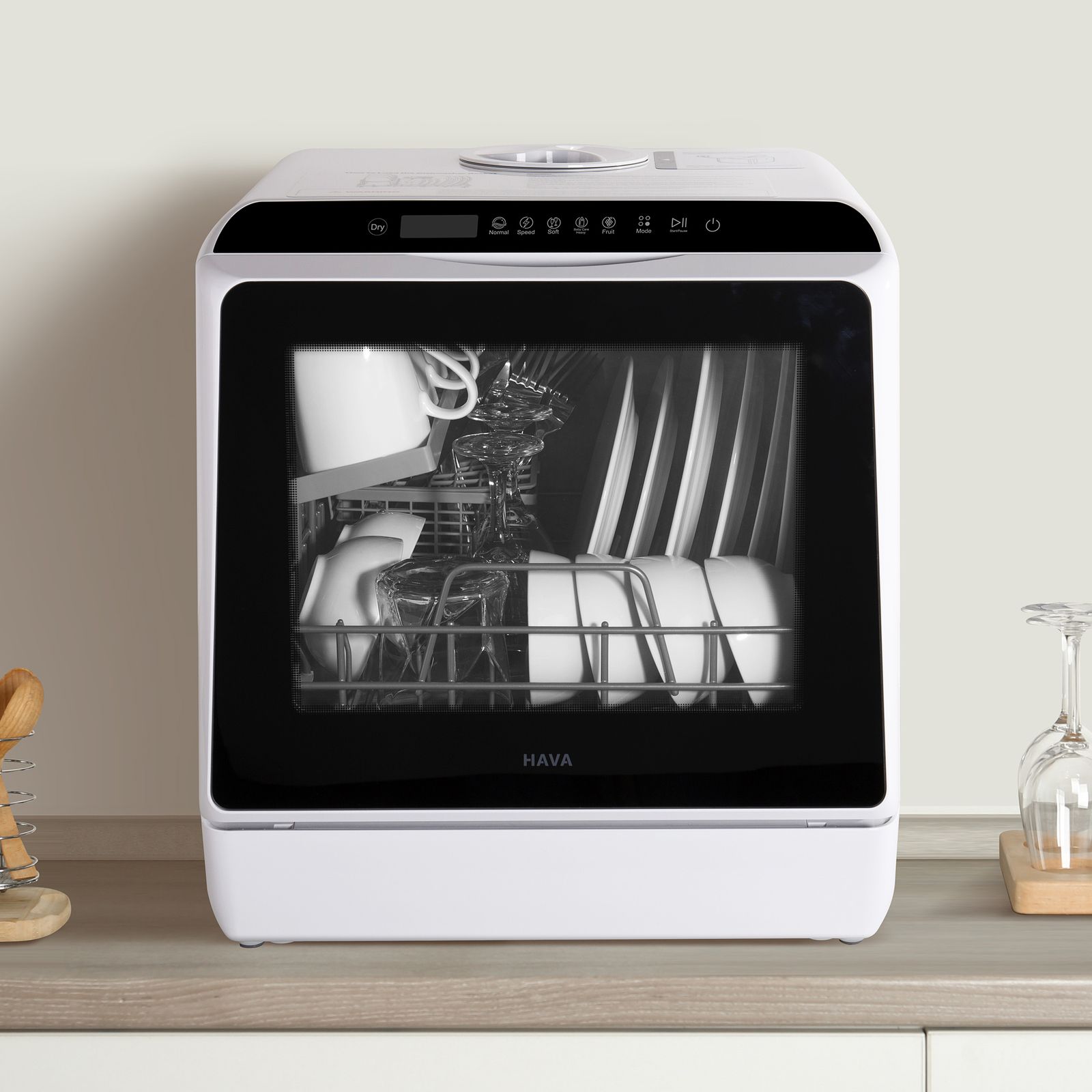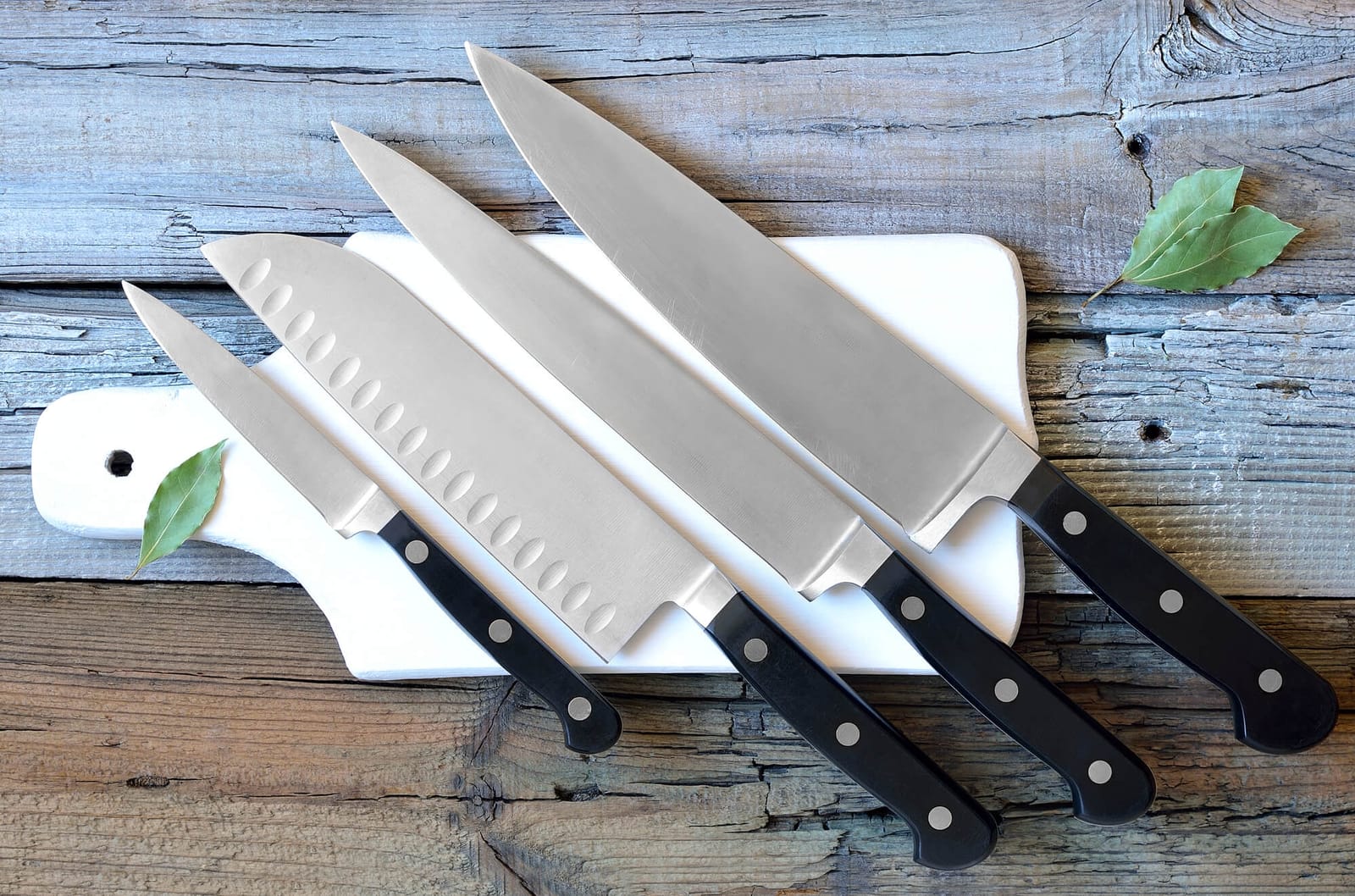A tea kettle is an indispensable tool for tea enthusiasts, providing a convenient way to boil water for brewing their favorite blends. To ensure a pure and delightful tea experience, proper cleaning and maintenance of your tea kettle are vital. Regular upkeep not only enhances the taste of your tea but also extends the kettle's lifespan.
In this micro-post, we will take you through various methods to effectively clean and maintain your tea kettle, enabling you to enjoy countless cups of tea effortlessly.
I. Cleaning the Exterior:
Gather the necessary supplies:
To start cleaning your tea kettle, collect basic supplies like dish soap, a soft sponge or cloth, and warm water.
Wipe the exterior:
Begin by wiping the outside of the kettle with a damp cloth or sponge. For tougher stains or grime, add a small amount of dish soap to the sponge and gently scrub the affected areas.
Ensure there is no soap residue remaining on the exterior.
II. Cleaning the Interior:
Empty the kettle: Remove any remaining water from the kettle and ensure your kettle is cooled down completely before you begin to clean.
Baking soda method:
a. Create a paste: Make a thick paste by mixing a tablespoon of baking soda with water.
b. Apply and scrub: Apply the paste to the interior of the kettle and gently scrub with a brush or sponge, paying attention to stains or mineral deposits.
c. Rinse thoroughly: Rinse the kettle with warm water to eliminate any baking soda residue.
Vinegar method:
a. Prepare a cleaning solution: Create a mixture of equal parts water and white vinegar.
b. Fill the kettle: Pour the vinegar and water mixture into the kettle, ensuring it covers the interior surface.
c. Boil the solution: Bring the mixture to a boil and then allow it to simmer for approximately 10-15 minutes.
d. Scrub and rinse: After boiling, remove the kettle from the heat source and use a brush or sponge to scrub the interior surface, particularly stubborn stains or mineral deposits. Rinse the kettle thoroughly with warm water.
Commercial cleaners:
Some commercially available kettle cleaners are specifically designed to remove stubborn stains and mineral deposits. Follow the instructions provided with the cleaner to effectively clean the interior of your tea kettle.
III. Removing Mineral Deposits:
Lemon juice method:
a. Prepare a cleaning solution: Squeeze the juice of one or two lemons and mix it with an equal amount of water.
b. Fill the kettle: Pour the lemon juice and water mixture into the kettle, ensuring it covers the interior surface.
c. Soak the kettle: Allow the solution to sit inside the kettle for about 1-2 hours, giving it enough time to penetrate and loosen the stubborn mineral deposits.
d. Scrub and rinse: After the soaking period, gently scrub the interior with a brush or sponge, paying attention to areas with mineral buildup. Thoroughly rinse the kettle with warm water to remove any residue.
2. Descaling products:
Alternatively, you can use descaling agents specifically designed for tea kettles. Follow the products instructions to effectively remove mineral deposits.
IV. General Maintenance Tips:
Avoid overheating:
To prevent damage, never heat an empty kettle on the stove or any other heat source. Always ensure there is sufficient water inside the kettle before turning on the heat.
Regular descaling:
Depending on the hardness of your water, it is recommended to descale your tea kettle every 1-3 months to prevent mineral buildup.
Proper storage:
After cleaning, make sure the kettle is completely dry before storing it. Store it in a cool and dry place to prevent rust or corrosion.
Maintaining a clean tea kettle is essential for preserving its functionality and enjoying a perfect cup of tea every time. By following the methods outlined in this article, such as using baking soda, vinegar, lemon juice, or commercial cleaners, you can ensure that your tea kettle remains clean and free from mineral deposits.
By incorporating these cleaning and maintenance practices, you can savor the delightful aroma and flavor of your tea while extending the life of your beloved tea kettle.
Further Reading
- If you're looking to start anew due to the excessive dirtiness of your current kettle, make sure not to overlook our article that highlights our top five recommendations for the best glass tea kettles.
- If your preference lies in indulging in pour-over coffee or achieving the perfect brew of tea, we highly recommend perusing our article that elucidates whether a gooseneck kettle is a necessity.
- Dive into T Ching's article "Dirty Little (Tea) Secrets" to discover the most efficient method for kettle cleaning.



